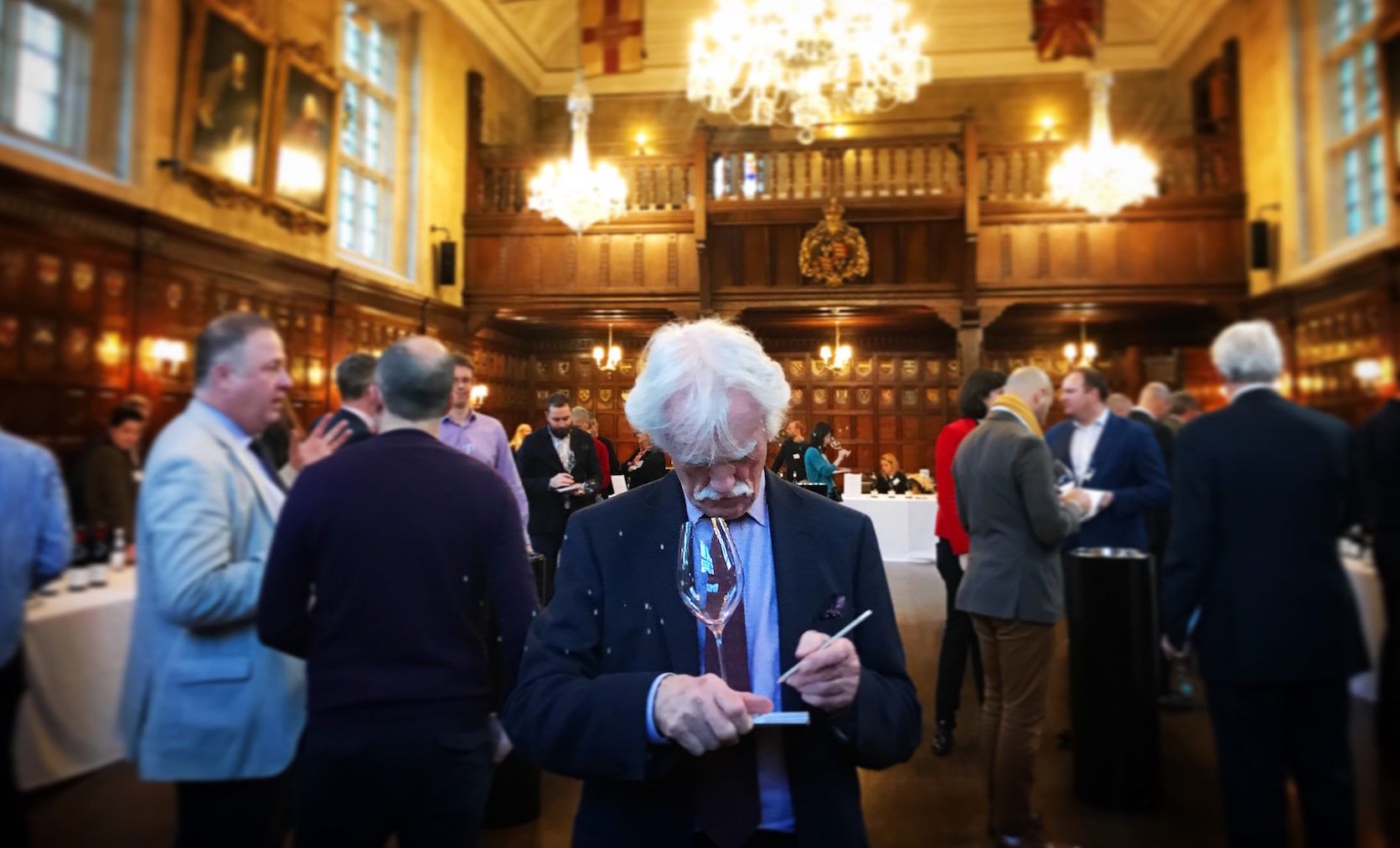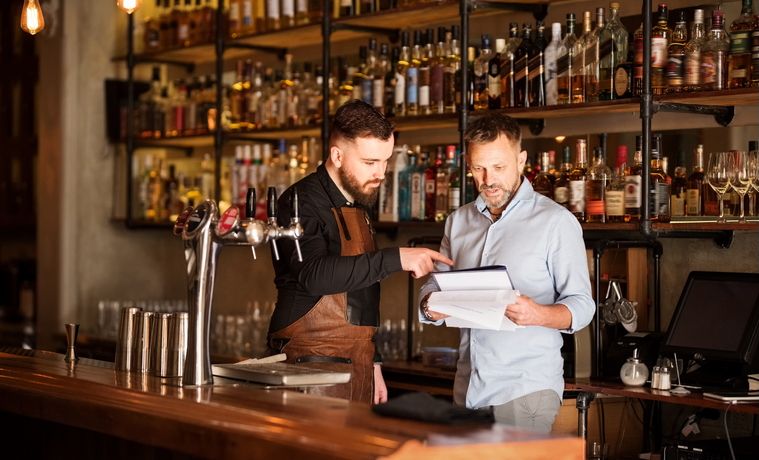All of Dean’s Top 10 wines are from the 41 appellations called ‘Régionales appellations plus an additional geographical denomination’. Read on for a full explanation and to pick up on the Top 5 recommended reds and Top 5 whites.
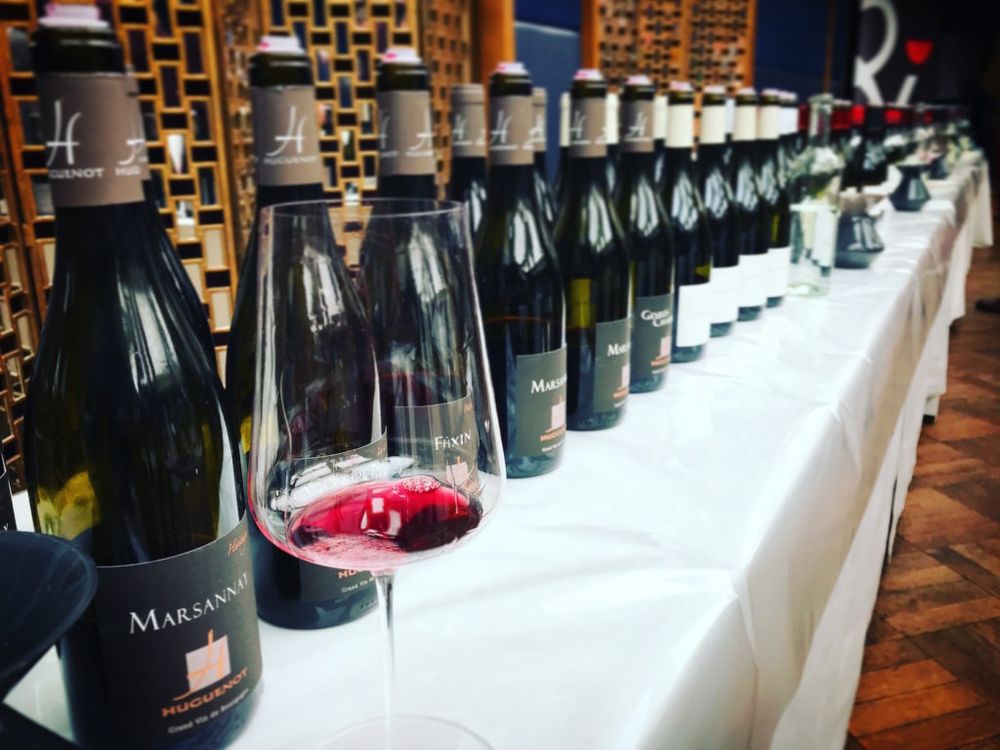
Lea&Sandeman tasting, 67 Pall Mall
The 2018 vintage is perfect for buyers wanting to buy Bourgogne wines at accessible prices. Where most vintages tend to get pigeon-holed into a ‘Red year’ or a ‘White year’, it was clear from the earliest en primeur tastings in December that both Pinot Noir and Chardonnay were showing equally well in 2018.
What was also evident from the vintage, when the grapes were actually being harvested, was that the quality and the quantity were both excellent – for all winemakers in the region it was ‘manna from heaven’ and a chance to stock up the cellars after a number of severely depleted years.
This time next year when the 2019 vintage lands, quantities are down again and prices are expected to rise which puts greater onus on buying the 2018s while you can.
And the even better news? The entry level wines are fantastic and great value for money.

So many of the venues for Bourgogne Week are spectacular. Flint Wines held its en primeur tasting in the Liberal Club.
Of course the ‘Village’ wines, Premiers Crus and Grands Crus were all tasting well but for me, as someone who has regularly bought Burgundy for two decades, I cannot remember a vintage when the wines at the lower end of the ladder were consistently tasting so good – and ready to drink now.
There are a number of reasons for this.
First is the weather. 2018 had periods of intense heat but a wet spring that meant the vines didn’t suffer too much. The result stylistically is that 2018 has generally lower acidity and in the Mâconnais, for example, the whites taste riper and ready for earlier drinking. I expected to taste ripeness (even over-ripeness) in a lot of wines across the board but was pleasantly surprised to see that most had got picking times right. Domaine de la Soufrandière in the Mâconnais called the vintage ‘le sportif’ because they had to get the fruit picked in almost half the time.

Sébastien Mangien explaining where the fruit for his excellent Hautes-Côtes de Beaune comes from
Winemakers also reported that with climate change being a reality, they are learning to cope better with spikes of heat. One example given was 2009 that was a vintage where many learnt a lot about picking times and general work in the vineyard to cope with heat – canopy management and so on.
What I did notice in tasting so many wines was that the elevation of the vineyards really made a difference this year, perhaps more than usual; the Macon-Milly-Lamartine from Les Héritiers du Comte Lafon (see below) is twice as high as two other whites from the same estate and the wine was much fresher and leaner (in a good way). Similarly in the Bourgogne Hautes Côtes de Nuits and Bourgogne Hautes Côtes de Beaune the wines were generally of a very high standard – with none of the ‘greenness’ you can get in cooler vintages from these sites and less ‘plump’ than sites lower down the slopes.
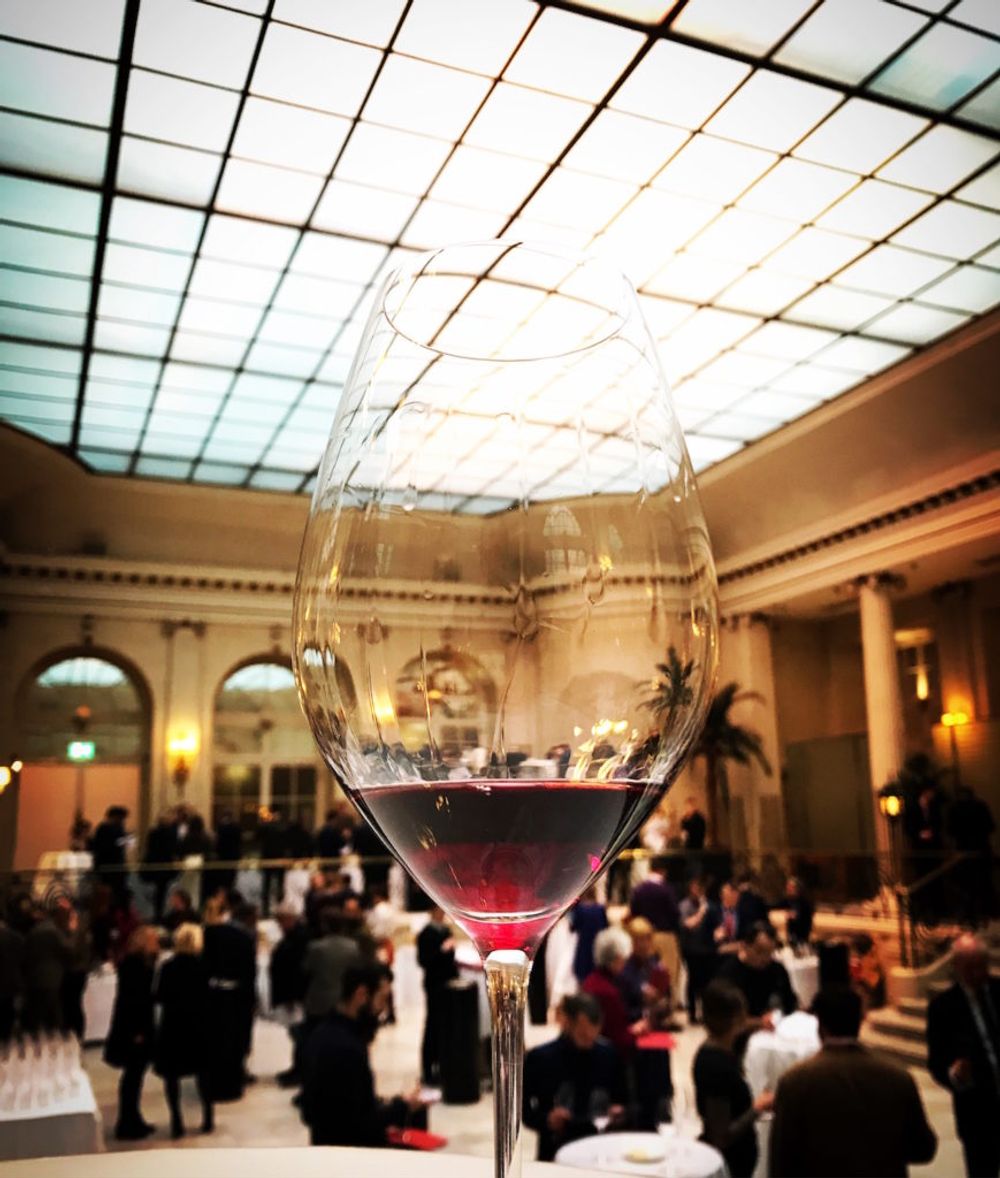
The Corney & Barrow tasting, The Palm Room, The Waldorf. Tasting Bourgogne Côte d’Or, Vieilles Vignes, Gilles Jourdan, 2018.
Another reason for the lower tier wines to taste better is a classification system that has stricter quality controls over provenance, yield and sugar-quantity across 41 geographical denominations – 14 for AOC Bourgogne and 27 for AOC Mâcon.
For the winemakers the geographical denominations recognise regions and plots that always ‘punched above their weight’; they are also a possible stepping-stone to move the wines further up the ladder so one day they may achieve ‘Village’ status. For wine buyers, like you and me, this system proves where the grapes are coming from, and identifies wines that are above entry level Bourgogne Chardonnay, Bourgogne Pinot Noir and Mâcon red or white, without being ‘Village’ wines.
The technical term for the appellations is ‘Régionales appellations plus an additional geographical denomination’. A bit of a mouthful I know but I am assured by the powers-that-be that something snappier is being worked on! The point of them, though, is that this is a wine region that is totally geographically-focussed therefore it makes sense to draw precise links between a wine and its specific parcel of origin. We have been used to this being the case with the upper-tier wines, so it is only fitting that this is now being applied to lower-tier wines and ones from ‘lesser-known’ appellations.
If you want to find out more click here for the full list of these appellations.
Personally, I was bowled over by how many good wines there were at this level for the 2108 vintage and here are my 10 top tips – 5 red and 5 white.
WHITE
Bourgogne Côte d’Or, Cuvée Oligocène, Patrick Javillier, 2018
Patrick Javillier is a Chardonnay specialist based in Meursault and Cuvée Oligocène is made from fruit coming from vineyards in Meursault and Puligny. Patrick was instrumental in helping create the new appellation of Bourgogne Côte d’Or and it is indicative of the care he was always taken – as much with his ‘lesser’ wines as with his Premier and Grand Crus.
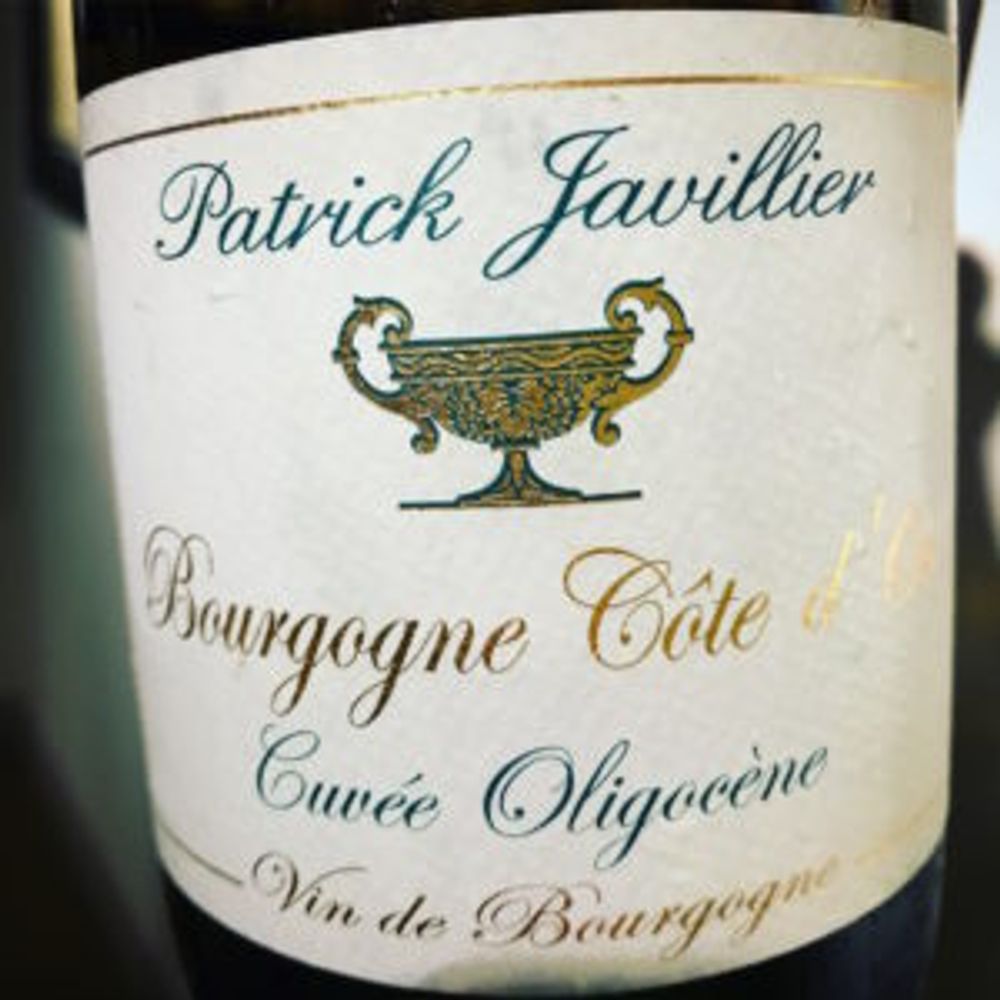
This has pretty, honeyed fruit on the nose, smells riper than usual; fresh, textured, fuller in the mouth, great balance, generous fruit flavours (even a touch of tropicality). Always a ‘must buy’ every year – it ages beautifully and drinks young too. This feels advanced this year, almost as if it’s already had a year or two in the bottle. (Armit, £104.50 IB for 6, also Goedhuis, Loeb)
Mâcon-Milly-Lamartine, Les Héritiers du Comte Lafon, 2018
Of this producer’s three Mâcon wines on show at the FM&V tasting this has a cooler climate, is on steeper slopes, with hard limestone under the surface, and twice the elevation of their other vineyards at 400m – in other words everything you want to hear about a wine! The estate has recently divided its Viré-Clessé into 12 different parcels, vinifying them separately; it has also introduced more foudres to minimise the oak influence. Luscious nose, orchard fruit, blossom. Very fresh palate, bit of crushed rock in there, more structured, slightly salty finish, good for gastronomy. (Fields, Morris & Verdin, £111 IB for 12)
Mâcon-Loché, En Prés Forêt, Clos des Rocs, 2018
Loché is a small appellation that has lived in the shadow of Pouilly-Fuissé but, in the right hands can turn in very special wine. This biodynamic Chardonnay is a real find, showing a good deal of finesse and purity. The palate is ripe, as you’d expect with this vintage, there are aromas of ripe orchard fruit, orange blossom, touch of white peach. Good register on the palate. Very solid. (Flint Wines, £tbc)
Mâcon-Vinzelles, Le Clos de Grand-Père, Domaine de la Soufrandière, 2018
From a 1 hectare plot at the bottom slope of the Vinzelles, this is the 18th vintage for this wine and the winery. The winery described 2018 as ‘le sportif’ on reflection of how quickly they had to harvest the fruit – in 12 days rather than 21. Overall, the wines have great acidity and freshness as well as modest alcohol levels. Very pretty, almost floral nose, stone fruit, some complexity, light, fresh, white peach, very fine texture, sandpaper fine tannins, slight sea shell finish. (Fields, Morris & Verdin, £156 IB for 12)
Bourgogne Côte d’Or, Vieilles Vignes, Rémi Jobard, 2018
Jobard has been making gradual changes to his technique over the years. The winery has been organic since 2008 and no fertiliser used since 1994. The focus is on getting the vine roots to go as deep as possible to extract as many nutrients farther from the surface. He has invested in two vast presses that allow a slow press, increasing the élevage to 15 months and using foudres rather than barrels to increase finesse and minimise oak influence. Lightest gold, brilliant; more old vine complexity on the nose, subtle orchard fruit, nashi pear, slight aniseed/ wild fennel; light to medium weight, lovely ripe expression, great balance, elegance; slightly tart finish, tarte citron. (Lea&Sandeman, £215 IB for 12)
RED
Bourgogne Hautes-Côtes de Nuits, Domaine A.F. Gros, 2018
Fresh, precise, taut Pinot from this Pommard-based producer. The vineyard itself is on clay soils in the Hautes-Côtes de Nuits, and the increased elevation comes through in the brightness of the wine. This Pinot is on the light side, almost see-through with a very subtle nose which starts revealing nuances in the glass – dark fruits, a touch of savouriness. On the palate the wine is tightly strung, poached rhubarb, slightly tart. Lean acidity. 10% new oak used, 15-18 months in barrel. Nice style. (Armit, £85.50 IB for 6)
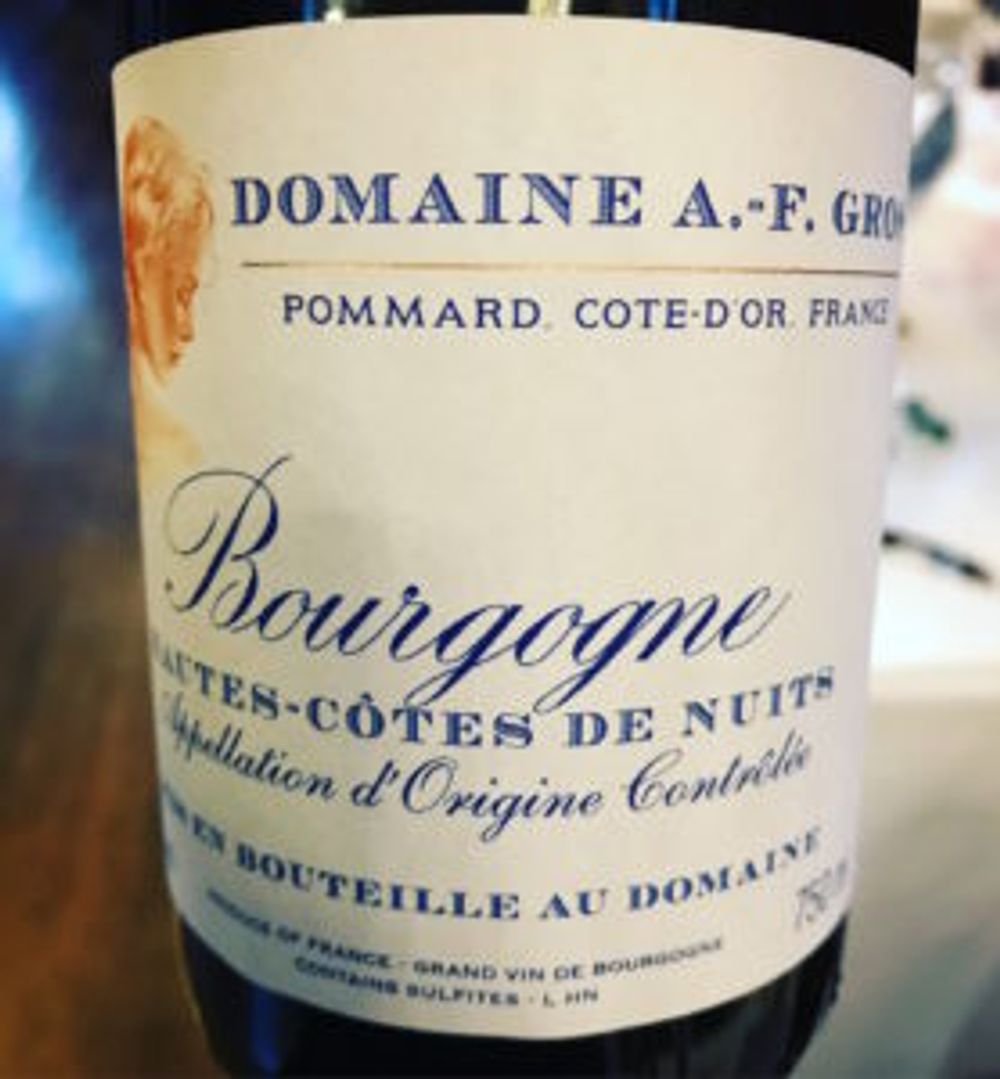
Bourgogne Côte d’Or, Vieilles Vignes, Gilles Jourdan, 2018
Domaine Gilles Jourdan is a tiny 5 hectare property in the Côte d’Or with older, low-yielding vines on exceptional parcels – he tends to pick later than his neighbours. The wine is mid-to-deep ruby with purple edges; on the nose there are aromas of blue plums, peony; on the palate a mixture of black fruit with a savoury edge. The wine is as fresh as a daisy, light with a lovely balance. The wine really changed in the glass and came alive – bags of juicy fruit, blueberries, white cherry with a slight cranberry-coulis crunch; real finesse and lovely register on the palate. (Corney & Barrow, £165 IB for 12)
Bourgogne Côte d’Or, Pinot Noir, Odoul-Coquard, 2018
Bit of a discovery this – a domaine in Morey-Saint-Denis with the winemaker having worked at Dujac and Mortet. Although this is a Bourgogne Côte d’Or (ie. one quality level up from a straight Bourgogne rouge) it comes from 50-60 year old vines and is largely vinified in old wood. It is a smooth, supple wine, with ripe, rich cherries and damson jelly on the palate, a good backbone of acidity, a nice tidy finish. Doesn’t need food and another example of the early drinking pleasure from the 2018 vintage. (Jeroboams, £90 IB for 6)
Hautes-Côtes de Nuits, La Corvée de Villy, Thibault Liger-Belair, 2018
Fascinating cuvée from a relatively recent producer, working biodynamically without certification. The specific site is very rocky with thin top soil. This has a nice depth, a richness and more broody intensity; notes of dark fruit, bramble, plum with a charred, savoury element, then a herbal lift; the wine is fresh as a daisy, lovely acidity, slightly grippy texture and stony/ mineral element on the palate before a dry, river stone finish. Yummy. (Lea&Sandeman, £210 IB for 12)
Bourgogne Hautes-Côtes de Beaune, Domaine Labry, 2018
A new wine – both good in red and white – from the Hautes-Côtes de Beaune, situated South-East from Beaune. It’s one quality level up from entry level so it comes from (more precisely) vineyards located within Bourgogne. Very light red; ripe berry aromas; the palate is easy, soft, light, with underlying firm acidity and texture – deceptively structured; raspberry, cranberry crunch, citrus edge on the finish. Good value at €9.66 a bottle from the Bourgogne de Vigne en Verre body of winemakers. (New Generation, €58 IB for 6)
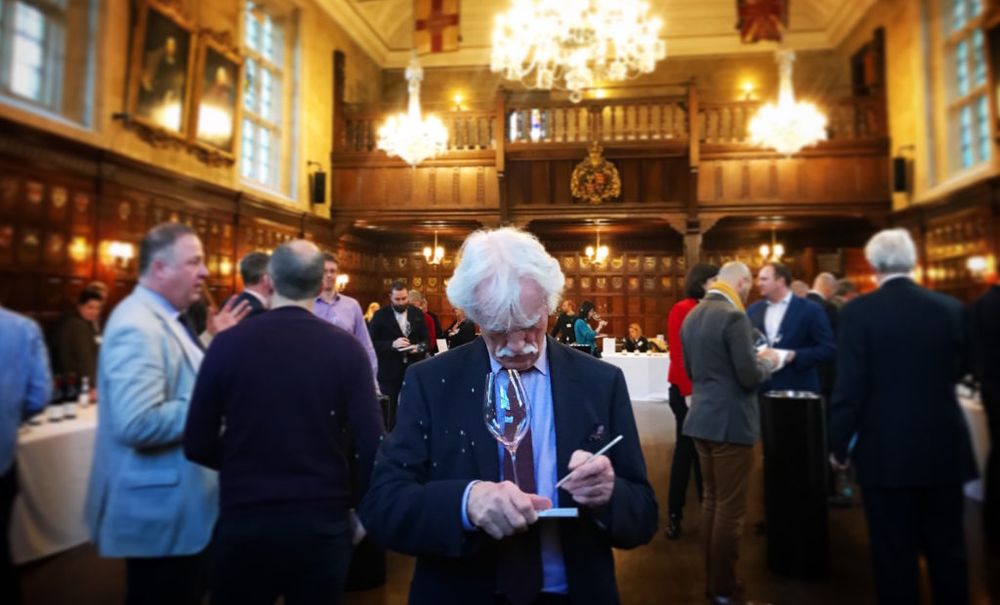
A wine buyer checks his order at the Armit tasting held in Ironmongers’ Hall
